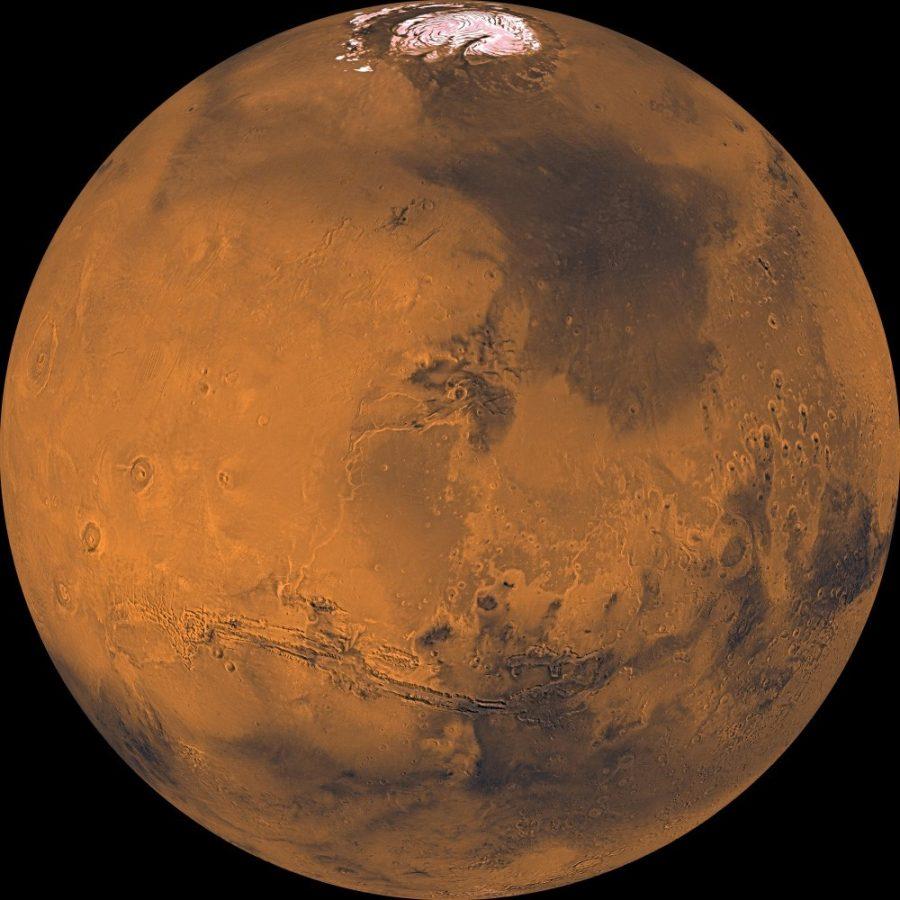The red planet is coming – closer, that is. On Tuesday, July 31, Mars will be closer to Earth than it has been in decades.
The Flandrau Science Center and Planetarium, in partnership with Steward Observatory and the Lunar and Planetary Laboratory, will be holding a “Mars Magnified” event for the public on July 31, from 8 p.m. to 2 a.m.
According to Shipherd Reed, associate director of communications at Flandrau, the event will kick off with a presentation by planetary scientist Steve Kortenkamp, associate professor of practice at the LPL.
RELATED: UA Planetarium summer line-up
“I’ve seen one of his presentations on Mars before, and he does great presentations that incorporate everything we know about Mars with the lore that came before our scientific knowledge,” Reed said.
Called “Mars Madness,” the presentation will cover the history of Martian exploration, explain why Mars is currently so near to the Earth and touch on other visible planets.
“Mars is going to be in opposition, which means that Mars is coming closer to the Earth,” Reed said. “Both Mars and the Earth orbit the sun but their orbits are not exactly circular, so there are points where they come closer together, and this is one of them.”
After the presentation, which will be held in the Eos Theater at Flandrau, the public is invited to look through several telescopes from 9 p.m. to 2 a.m.
Steward Observatory’s historic Raymond E. White, Jr. 21-inch telescope and Flandrau’s 16-inch Cassegrain telescope will be pointed at Mars.
“That’s a great opportunity to observe Mars through telescopes,” Reed said. “The Steward telescope is the original telescope, the telescope that started it all here in Southern Arizona. [It’s also] the most powerful telescope on campus.”
As there will be other planets in good position for viewing at that time, there will also be telescopes set up on the UA Mall directed at Venus, Jupiter, Saturn and the Moon run by volunteers from Mt. Lemmon SkyCenter and Tucson Amateur Astronomy Association.
“Unfortunately we’re weather-dependent, so we’re hoping the sky is clear that night, even though we usually want the rain,” Reed said. “Because it will be a very rare opportunity to get an up-close view of planet Mars. Assuming the skies are clear, you’ll actually be able to see features on the surface.”
RELATED: Q&A with Gordon W. Downs: Mars Science Laboratory Team member
In addition to the presentation and the telescopes, there will also be planetarium shows every hour, starting with “Laser Stranger Things” at 9 p.m. Next are “Touring the Solar System: UA in Space Edition” at 10 p.m. and “Pink Floyd’s Dark Side of the Moon” at 11 p.m. The final show, starting at midnight, is another showing of “Laser Stranger Things.”
“Mars holds the most fascination for the general public. If you’re curious come out and check it out,” Reed said.
The telescope viewing is free, while the “Mars Madness” presentation and shows are $5 each, on a first-come, first-served basis. Visit www.flandrau.org for more information.
Follow Marissa Heffernan on Twitter















